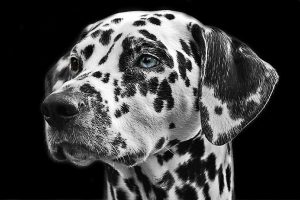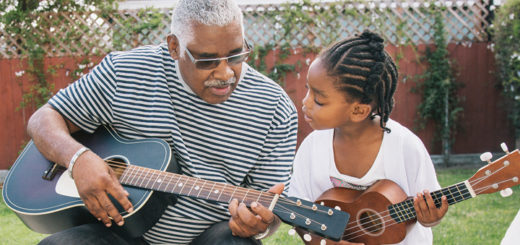Bred for purpose: History behind the show dog, and what makes your breed unique today
It’s easy enough for any dog lover to fall for the silky coat of the Golden Retriever, a Siberian Husky’s striking blue eyes or a Dalmatian’s spots. In fact, most dog owners say it was the look of a breed that drew them to bring home that puppy in the first place.
 “As beautiful as these dogs are, what’s often overlooked is essential information about their breed that goes much farther than ‘fur deep’,” says Jason Taylor, Royal Canin National Pro Sales Director and AKC National Championship Assistant Show Chairman.
“As beautiful as these dogs are, what’s often overlooked is essential information about their breed that goes much farther than ‘fur deep’,” says Jason Taylor, Royal Canin National Pro Sales Director and AKC National Championship Assistant Show Chairman.
“If you take time to unlock the story of your dog, you’ll understand how your dog’s breed determines its energy levels, behaviors, and even dietary needs,” Taylor says. “Armed with this information, you can become a much better owner to your four-legged companion.”
Originally, dogs were bred for a specific purpose or function. The most basic example is that farm dogs were bred based on qualities farmers liked and needed from a dog, such as strong physical ability and great work ethic.
In Europe, hunters needed dogs that could retrieve birds and have a thick enough coat to be comfortable in an outdoor environment. Thus, the English Setter, for example, was born. The Doberman Pincher came about thanks to an accountant in Germany who needed a dog for protection.
And sometimes, breeds were created to serve a different need: strictly companionship. Pekingese were bred as lap dogs that, for a time, could only be owned by Chinese royalty. Eventually, a formal system was established to preserve the breeds for future generations. Today, a purebred dog that has had its family tree verified by the American Kennel Club (AKC) can become an AKC registered dog.
Globally, there are more than 400 breeds in existence today. As interest in new breeds grows in the United States, the AKC created a process for breeds to become formally recognized. Part of this process includes establishing a Breed Club, which is responsible for organizing the members, tracking family trees (pedigrees) to ensure that the dog’s lineage is recorded accurately, and holding breed events. Once all of the requirements are met, the AKC can officially recognize the breed in the United States.
In 2016, three new breeds were recognized by the American Kennel Club. The Sloughi, the American Hairless Terrier, and the Pumi. The Sloughi is a hunting hound originating in North Africa, and is especially adept at speed and stamina over long distances. The American Hairless Terrier is only the fourth hairless breed to be recognized by the AKC, and its ancestors were developed to hunt vermin. The Pumi is a Hungarian herding dog with a long and treasured history of working side by side with farmers.
Currently, there are more than 50 breeds in the process of achieving full AKC recognition. Over time, we’ll see more of these breeds at dog shows, in television commercials, and even as family pets.
Dietary needs
With these different traits and tendencies, it’s easy to see how different dog breeds will have different dietary needs. For example, a small active dog such as a Parson Russell Terrier, would benefit from a different nutritional profile than the more sedentary English Bulldog.
Also, these foods are designed to fit the physical traits of different breeds. For example, with the Boxer’s jaw alignment and short muzzle, kibble that’s designed for easy pick-up makes dinnertime easier for this breed.
If you’re interested in learning more about meeting the unique dietary needs of your canine companion, Royal Canin, a global pet food leader, has developed breed-specific diets designed to provide individual breeds with the most precise nutrition. Explore more at www.royalcanin.com.
Which breed is right for you?
When choosing a dog that’s the right fit for your family, it’s important to look beyond its physique and appearance. Do some research and consider personality traits, trainability and energy levels.
“It’s important for your dog to be just as happy in your home as you are,” says Gina DiNardo, Vice President of the American Kennel Club. “Finding the right dog for your family’s lifestyle can ensure that you and your dog have a long, loving and healthy relationship.”








